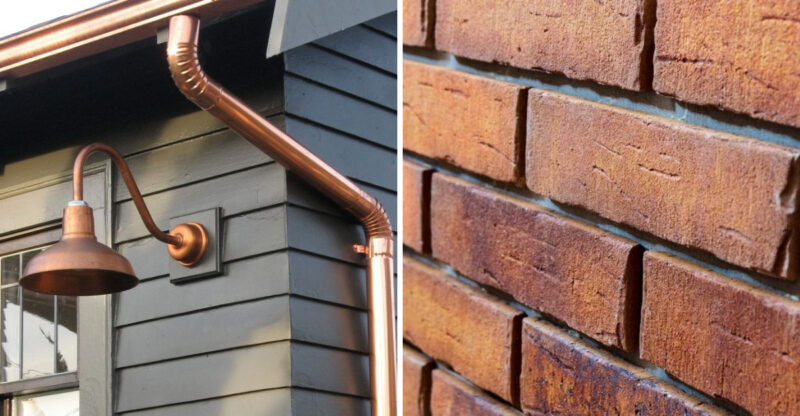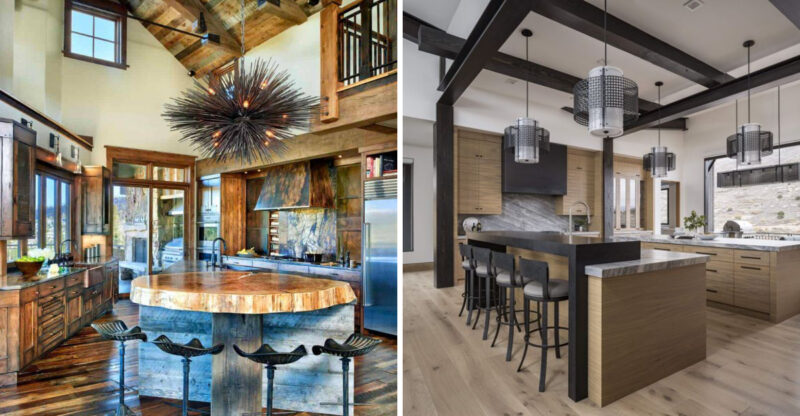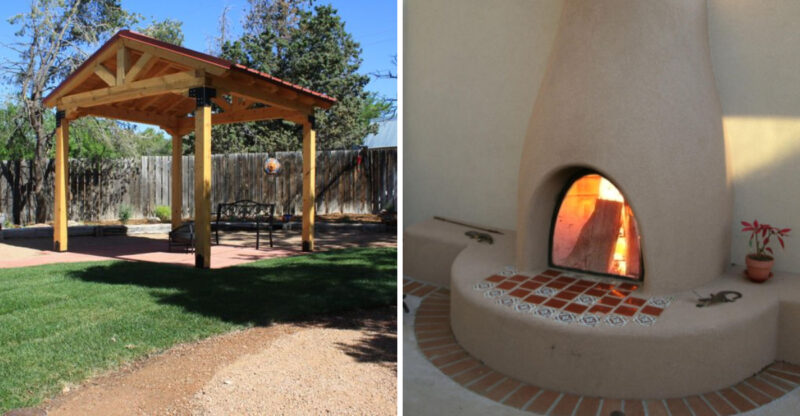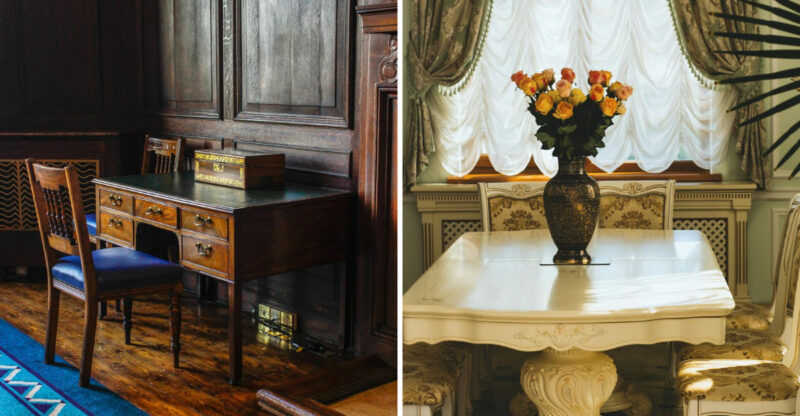12 Home Decor Trends In New York City That May Decline Next Year
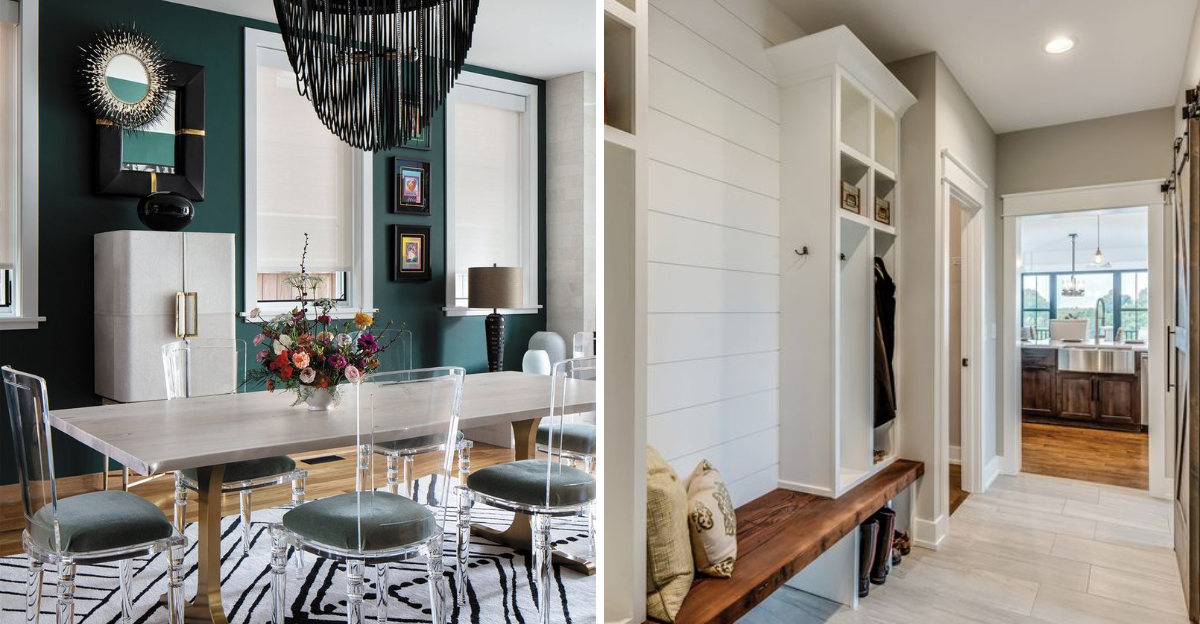
New York City apartments have always been showcases for cutting-edge interior design. What’s hot today, though, might be yesterday’s news tomorrow.
As design preferences evolve and New Yorkers seek fresh ways to express themselves through their living spaces, some current favorites are showing signs of fading.
I’ve noticed several once-popular styles starting to disappear from the hippest Manhattan lofts and Brooklyn brownstones.
1. All-White Interiors
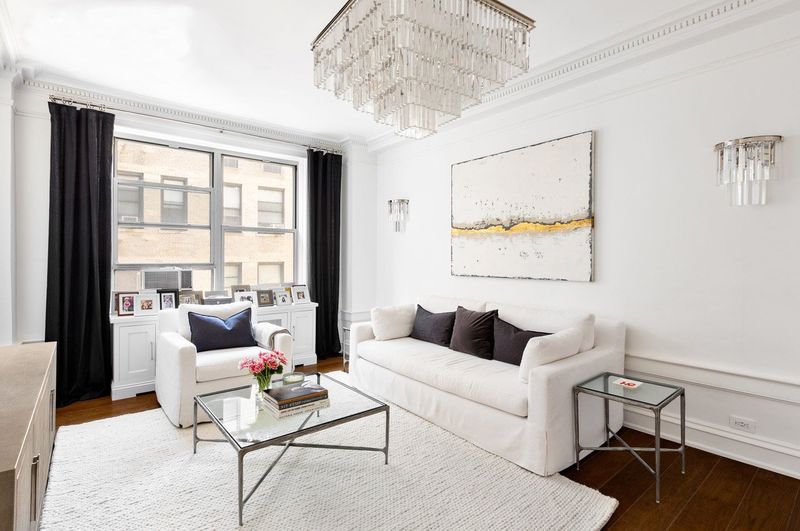
The pristine, gallery-like all-white spaces that dominated NYC apartments are losing their appeal. For years, cramped city dwellings embraced this style to create the illusion of more space and light.
Now, New Yorkers crave warmth and personality. White-on-white feels sterile and impractical for city living where subway grime and takeout dinners make maintenance a nightmare. Designers are introducing warmer neutrals like oatmeal, taupe, and soft beige instead.
These alternatives still brighten spaces but with more dimension and forgiveness for real life. Many homeowners report feeling more relaxed in spaces with some color variation rather than clinical white boxes.
2. Minimalist Styles
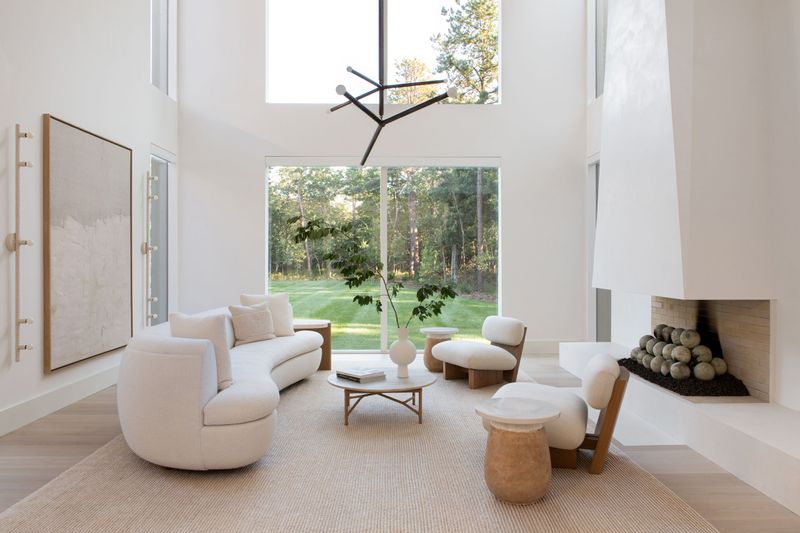
Extreme minimalism is waving goodbye to New York apartments. The ultra-sparse aesthetic that once ruled Manhattan’s luxury condos feels increasingly cold and unwelcoming as people spend more time at home. Living with just the bare essentials proved impractical during extended home stays.
New Yorkers discovered they actually need functional items and personal mementos around them. What’s emerging instead is a more balanced approach thoughtfully curated spaces with meaningful objects rather than empty surfaces.
The new direction embraces functionality alongside beauty, allowing for comfortable living while maintaining clean lines. This shift acknowledges that real people need places for books, hobbies, and the occasional decorative impulse purchase from the Brooklyn Flea Market.
3. Bouclé Fabrics

Bouclé fabric that nubby, loopy textile covering everything from sofas to accent chairs hit peak saturation in NYC apartments. Its popularity exploded during the pandemic when everyone wanted their homes to feel like a warm hug. The problem?
This trendy fabric shows wear quickly, especially in high-traffic city homes. Many New Yorkers discovered their expensive bouclé pieces looking shabby after just one year. Design insiders predict a pivot toward more durable performance fabrics with interesting textures. Materials like tight-weave linens and wool blends offer similar coziness with better longevity.
The bouclé backlash also stems from market oversaturation when every Instagram-worthy NYC apartment features the same cloud-like white bouclé sofa, design-forward New Yorkers naturally start looking for the next thing.
4. Grey Walls / “Millennial Gray”
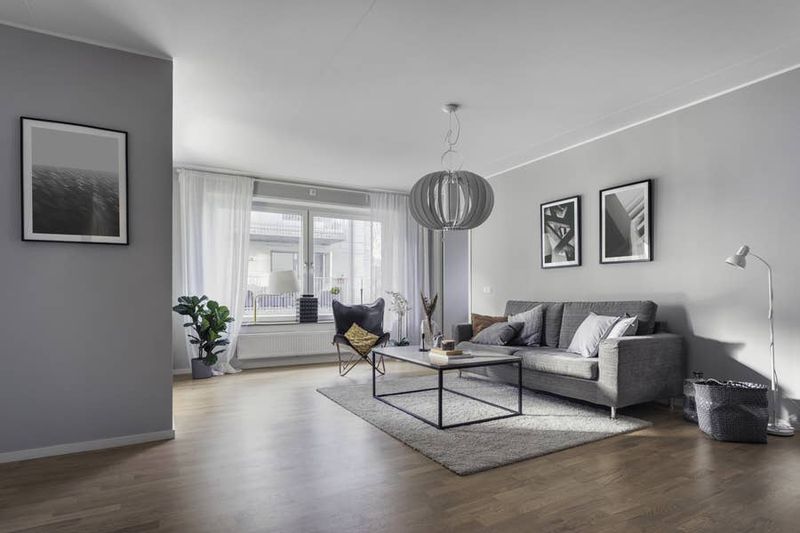
If you’ve apartment-hunted in New York lately, you’ve seen them those ubiquitous grey walls that landlords and flippers consider “neutral.” This cool-toned, somewhat depressing shade dominated for years. New Yorkers are growing tired of living inside what feels like a cloudy day.
These grey tones often make small city apartments feel even more closed-in and gloomy, especially during winter months when natural light is already limited. The pendulum is swinging toward warmer neutrals and actual colors with personality.
Soft terracottas, sage greens, and creamy whites are taking over. Even renters are getting bolder with temporary wallpaper and paint solutions that landlords allow. This shift reflects a desire for spaces that energize rather than subdue something especially important when your apartment doubles as your office.
5. Accent Wallpaper Walls
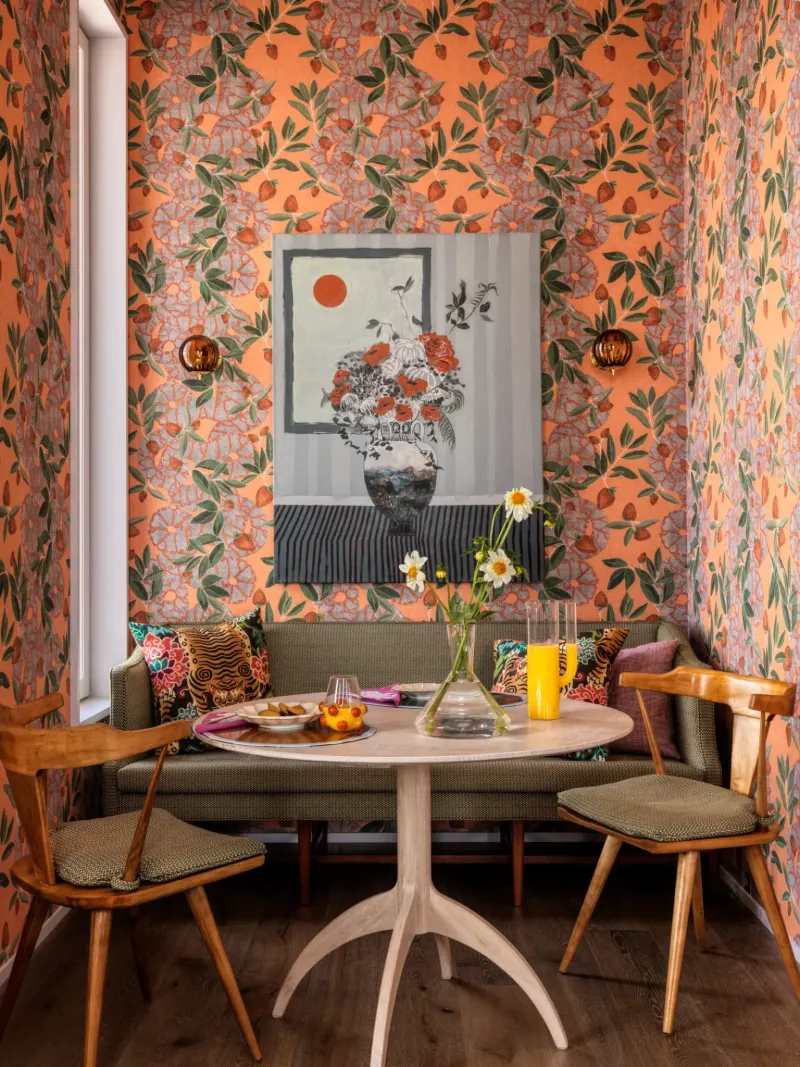
Remember when every NYC apartment renovation included that one dramatic wallpapered wall? Usually featuring bold geometric patterns or oversized tropical prints, these accent walls became the ultimate statement piece in compact city homes.
The single statement wall is starting to feel dated and half-committed. Design professionals note that these isolated wallpaper moments often make spaces feel chopped up rather than cohesive. Forward-thinking New Yorkers are either going all-in with wallpaper throughout a room or skipping it entirely for more subtle texture.
Hand-applied finishes like limewash or plaster are gaining favor for adding depth without the commitment or visual busyness. This approach creates more sophisticated, integrated spaces that don’t rely on a single wall to carry the design weight important in open-concept apartments where visual flow matters.
6. Sweater-Knit Poufs

Those chunky knit poufs and ottomans that looked so cozy in Tribeca lofts are quickly losing their appeal. Initially beloved for adding texture and casual seating, these bulky accessories have proven impractical in tight NYC living quarters.
Many homeowners report their knit poufs collapsed after minimal use, collected dust in their textured crevices, and proved nearly impossible to clean. In a city where every square foot counts, furniture that doesn’t maintain its shape becomes an expensive disappointment. Instead, space-conscious New Yorkers are choosing more structured ottomans with removable, washable covers or multifunctional pieces with hidden storage.
The replacement trend focuses on dual-purpose furniture that works harder in limited space think sleek leather storage cubes or slim benches that can serve as coffee tables, extra seating, and storage solutions all at once.
7. Word Art Decor
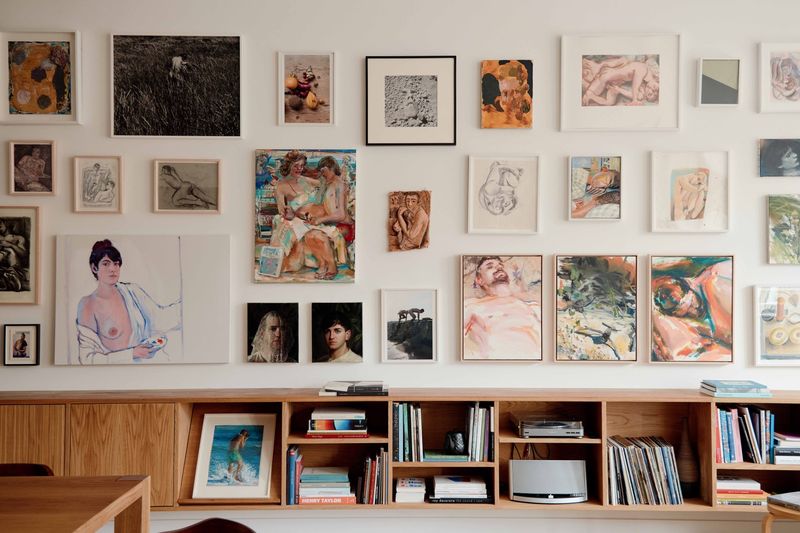
Those typographic “Live Laugh Love” signs and motivational phrases adorning walls across the city are rapidly falling from favor. Once considered an easy way to personalize a space, word art now reads as generic and lacking imagination in sophisticated NYC interiors.
Design professionals point to social media saturation as the main culprit. When everyone has the same inspirational quote above their sofa, it no longer feels personal or meaningful. Art collectors and design enthusiasts are instead investing in original paintings, prints, and photography that express individuality without spelling it out literally.
This shift reflects a more mature approach to decorating where visual storytelling happens through genuine artistic expression rather than mass-produced platitudes. Even budget-conscious decorators are choosing vintage posters or student artwork over factory-made word signs, seeking authentic character over manufactured sentiment.
8. High-Gloss Black Accents
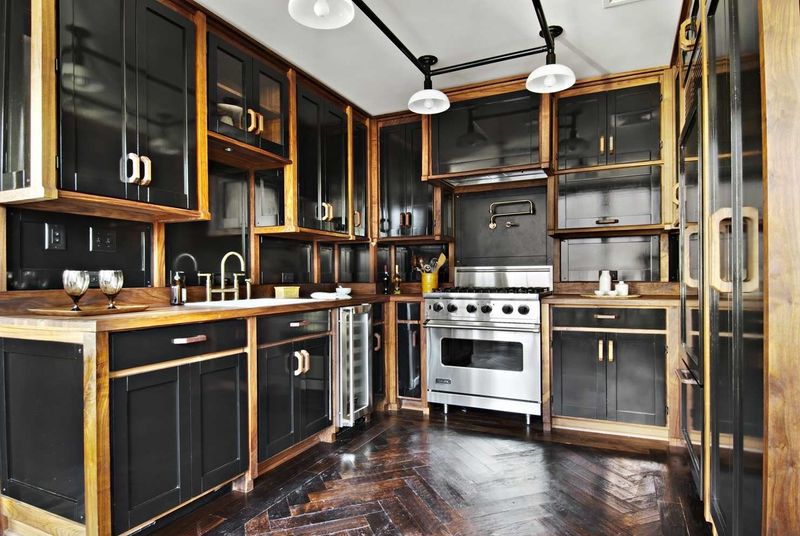
High-gloss black fixtures, furniture, and architectural details that once signified urban sophistication are losing their shine in NYC homes. These dramatic elements from lacquered kitchen cabinets to shiny black bathroom fixtures were signature touches in many Manhattan renovations.
The maintenance reality has dampened enthusiasm. Every fingerprint, water spot, and dust particle shows dramatically on these reflective surfaces, making them impractical for busy city dwellings. Designers are now favoring matte black or mixed metals with subtle patinas that age gracefully. This evolution acknowledges that real homes are lived in, not just photographed.
Many homeowners report feeling relief after switching to more forgiving finishes that don’t require constant polishing. The shift also connects to a broader movement toward materials that develop character over time rather than fighting to maintain a pristine, showroom-perfect appearance.
9. Cool, Light Curtain Colors
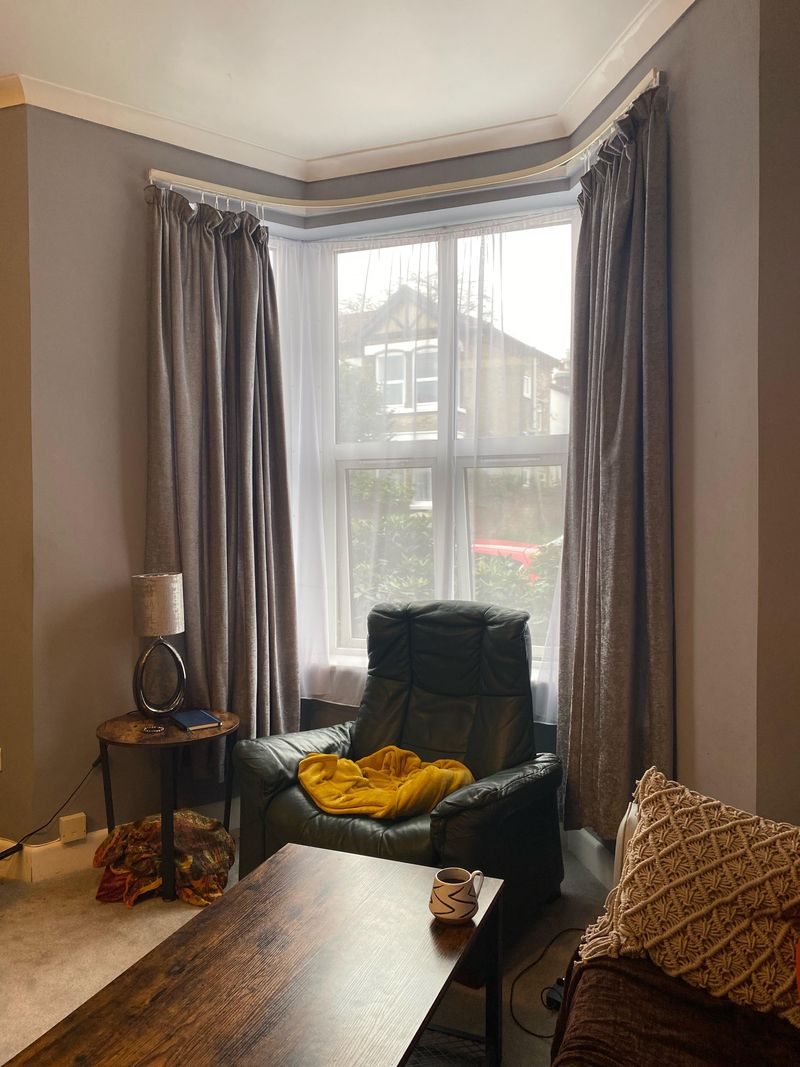
Those whisper-thin white and pale gray curtains that barely filter light are disappearing from New York windows. Initially popular for maintaining brightness in space-starved apartments, these insubstantial window treatments have proven impractical for city living.
Urban realities like street noise, light pollution, and privacy concerns demand more substantial solutions. New Yorkers are discovering that quality sleep requires actual darkness, something sheer curtains fail to provide. The trend is shifting toward layered window treatments in richer tones and heavier fabrics. Designers are recommending double-rod systems with blackout linings that can be adjusted for different needs throughout the day.
This change acknowledges that city apartments need versatile window coverings that can block light for better sleep, reduce noise from bustling streets, and still look stylish. Even rental apartments are seeing more investment in proper window treatments as work-from-home setups demand better light control.
10. Jewel-Tone Palettes
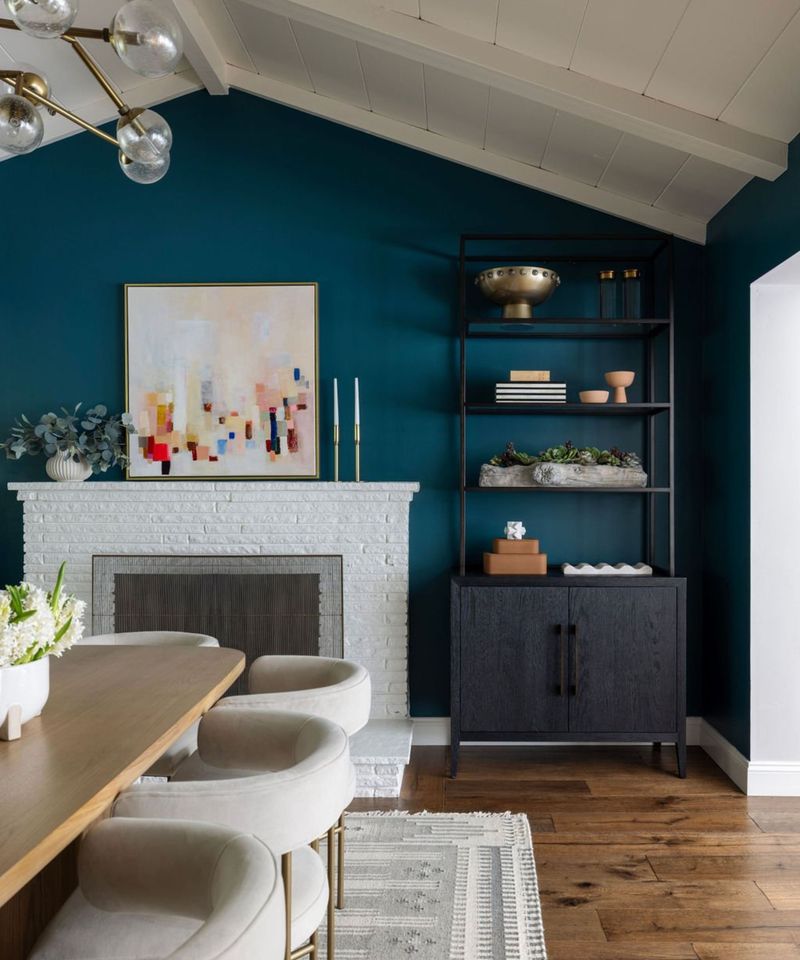
The saturated emerald greens, sapphire blues, and ruby reds that dominated trendy Brooklyn apartments are gradually being toned down. These bold jewel colors made a splash as an antidote to years of gray and beige, but their visual intensity can be overwhelming in smaller spaces.
Many residents found these dramatic hues created rooms that felt energizing at first but became tiresome over time. The colors that look striking on Instagram often feel too stimulating for everyday living. What’s emerging instead is a more nuanced approach to color muted, complex tones with greater subtlety. Think faded indigo instead of royal blue, or sage rather than emerald.
These sophisticated, slightly grayed-down colors create more livable environments while still offering personality. The shift recognizes that homes should serve as peaceful retreats from the city’s constant stimulation, with colors that complement rather than compete with the urban views outside your window.
11. Plastic or Acrylic Furniture
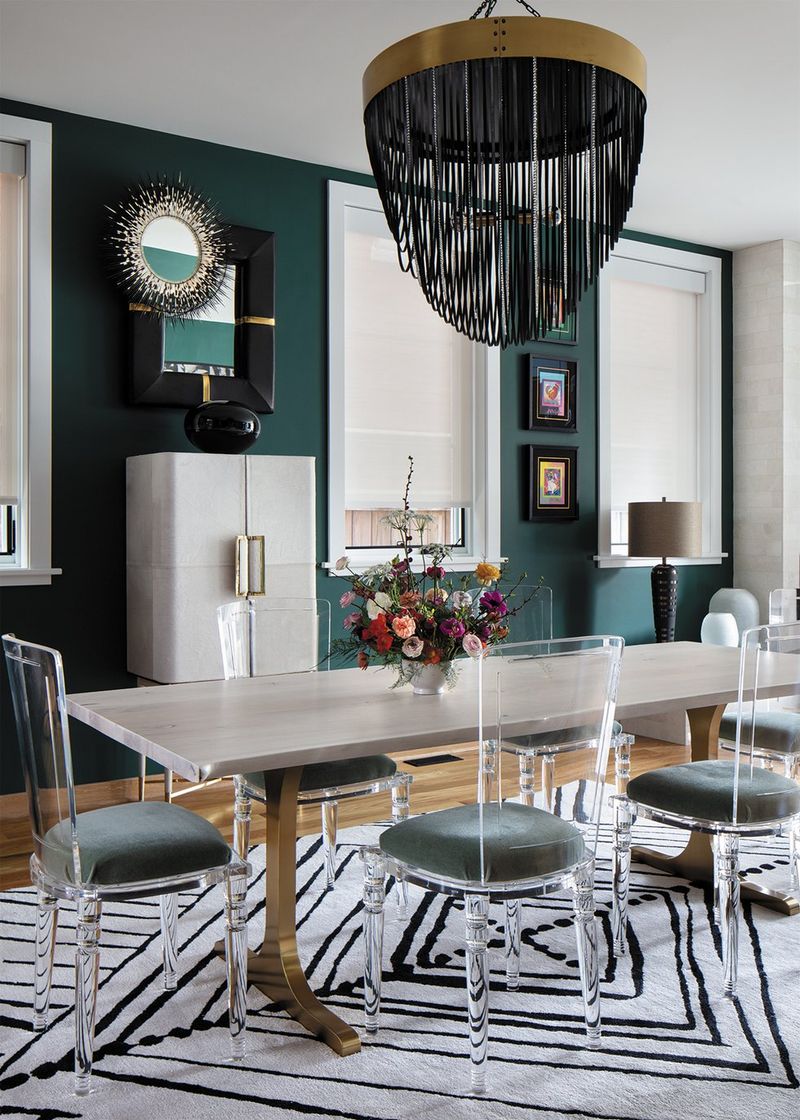
Those see-through ghost chairs and lucite coffee tables that seemed so clever for visually expanding tight quarters are vanishing from stylish New York homes. Initially embraced for their space-enhancing transparency, plastic furniture pieces have revealed their drawbacks.
Acrylic scratches easily, shows every speck of dust, and often yellows over time especially problematic in sunny city apartments. Many owners report their expensive transparent pieces looking cheap and damaged after minimal use. Environmental concerns are accelerating this trend’s decline as New Yorkers increasingly reject petroleum-based products.
The movement toward sustainability favors natural materials like wood, rattan, and stone that age beautifully. Designers note that while acrylic furniture promised to disappear visually, it paradoxically often became the focus of attention due to its unnatural appearance. The replacement trend embraces light-scaled furniture in natural materials that create airiness without resorting to plastic.
12. Farmhouse Decor in Urban Spaces
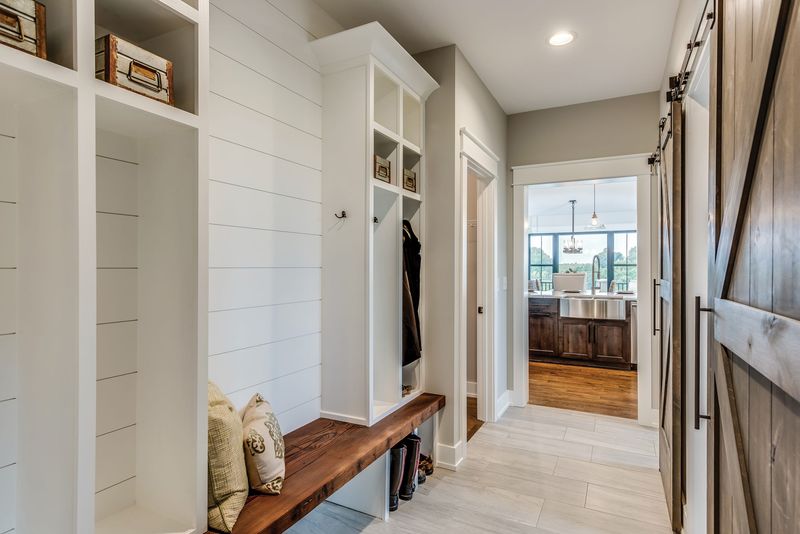
The ironic contrast of rustic farmhouse elements in sleek city apartments is rapidly losing its charm. Barn doors on bathroom sliders, shiplap walls, and distressed “live edge” dining tables once offered a counterpoint to urban living. This country-in-the-city aesthetic now feels forced and disconnected from New York’s authentic character.
Design professionals note that farmhouse elements often clash awkwardly with the architectural integrity of pre-war apartments and industrial lofts. Urban dwellers are instead embracing city-appropriate interpretations of warmth and texture. Industrial elements that honor New York’s manufacturing history, architectural salvage from local buildings, and vintage pieces that reflect the city’s diverse cultural heritage create more authentic spaces.
This evolution represents a desire for homes that respond honestly to their context rather than imposing contrived rusticity. The most successful interiors now celebrate urban living rather than apologizing for it with countryside cosplay.

